
Three things have put Madison County Iowa on the map for most people, the birth of John Wayne in 1907, the Clint Eastwood movie (The Bridges of Madison County) in 1995 and the covered bridges that were built in the late 1800's but really made famous after the movie. Of the 19 original bridges built, only 6 remain in Madison County and for the first, hopefully annual, Covered Bridges 100 K Gravel Ride on Saturday we would visit 4 of them. According to Wiki, since I wasn't around in the late 1800's, the bridges were covered to protect the deck wood as it was cheaper to replace the thinner wood on the roof and walls than it was to replace the large wooden beams that made up the road surface of the bridge.
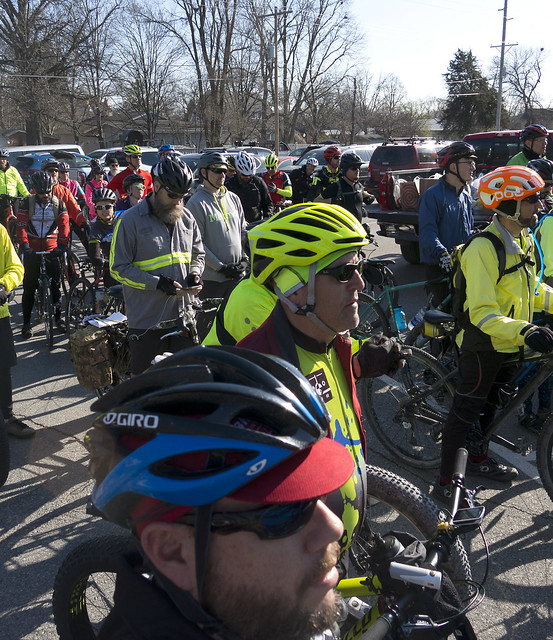

The ride started and ended in the quaint little town of Adel Iowa (pop. ~4,300) at 9 am on Saturday, since it's only a 2 hour drive I decided to sleep in my own bed and head out early the morning of the ride. Since this was the first Covered Bridges ride I don't think anyone knew what to expect as far as turn out went. However I can attest that there were at least a 100-200 folks that showed up for the ride, it was a great sight to see for a ride in its first year and for a ride that was not being promoted as a race but rather a casual, self supported ride through rural Iowa to revisit the bridges of the past.




Shortly after 9am Pat, Doug and I set off on the 62 mile journey of north central Iowa gravel with a few hundred of our closest friends. One amusing part about the start was that 9am came and went but nobody wanted to be the first to lead out the ride so we sat there for 2-3 minutes until two ladies, who had nothing to do with the ride whatsoever but just riding the trail on their own, glided on down the trail, releasing the rest of the masses.


Billed as a casual, self supported ride the pace was still fairly brisk heading out but it was kind of nice to get a little separation in the ranks after a few miles so that we weren't all stumbling over each other to take pictures or find the right lines on the gravel roads.

Riding in a mass group of folks you aren't familiar with can be a bit nerve racking and that ain't no bull.




I've ridden rural Iowa gravel a few times and each time it amazes me how much different Iowa is in it's efforts to preserve the states history. Nebraska, at least around the Omaha/Lincoln area, doesn't seem to be as fastidious when it comes to preserving and promoting the surrounding historical buildings and sites . There are a ton of old barns, silos and houses to be seen out on the gravel in Iowa that lend their roots to a time long since forgotten, a time when even something as simple as a chimney or silo where crafted with care and beauty.
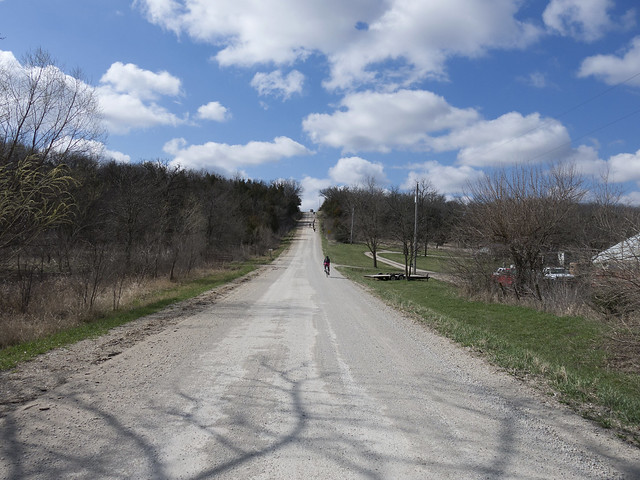
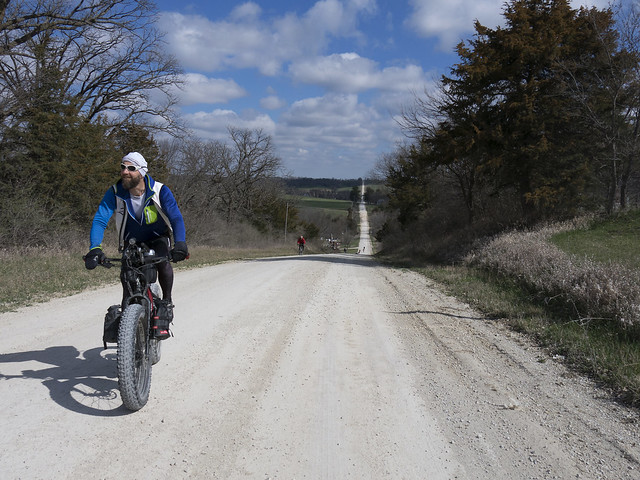


14 miles in and we hit our first real climb, cemetery hill as it's known locally, weighs in at a nice 17% according to Garmin but the cemetery at the top makes for a nice spot to stop and imbibe in an adult beverage for the effort. The gravel might have been Iowan but the beer was 100% Nebraska Brewing Company Hefeweizen.

Cedar Bridge was the first stop, originally built in 1883 and moved to its current location in 1921. Most of the bridges have been moved from their original locations to deter vandalism but as you can see that doesn't always work, an arsonist set fire to the cedar bridge recently burning most of the structure. Oddly this is the second time the poor Cedar has been set aflame, it was previously burnt down in 2002 due to arson and then rebuilt in 2004. The Cedar Bridge was the only bridge that still allowed vehicle traffic and the community is once again trying to raise money for repairs but since it has been replaced once already it's proven more difficult the second time around to get funding. I suppose that makes since as you're not trying to rebuild an 1800s bridge anymore but a 2004 replica of an 1800s bridge... don't burn the bridges people.



We passed through Winterset Iowa on route to the second bridge, I was really in love with this town and all of it's architecture and small town charm. If so inclined a person could spend half a day exploring Winterset and then starting a bridge tour of their own right from here and maybe even get in all 6 without ramping up the mileage too much.




On top of being a charming community it also is the birth place of John Wayne, you can still visit his birth home if the desire so strikes you and around the corner from the house is the John Wayne museum as well. We didn't stop at the museum but did take in the house while we were there.






Equally as impressive as the house itself is the list of celebrities who donated money and got their names on the bricks outside the residence.
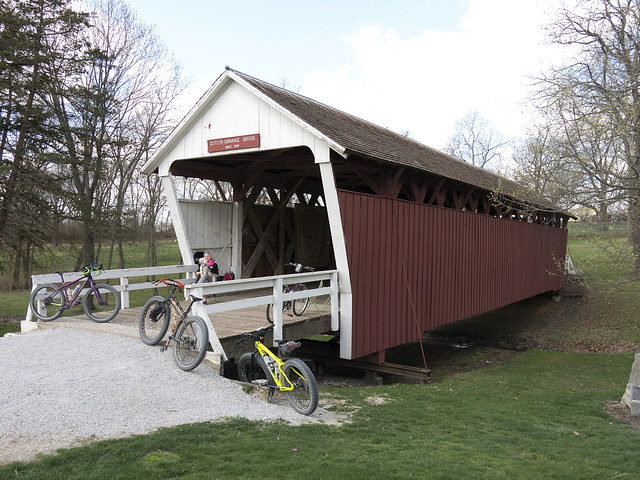


The second bridge we visited was the Cutler-Donahoe built in 1870 and moved to the Winerset park, kind of a neat bonus for the ride was that each bridge was adorned by quilts made by quilters in the area.




While we were looking at the quilts we were turned onto the Clark Tower by the lady tending the quilts. Not on the official tour, it was a mile further into the park and well worth the climb up the hill to get to it. The tower itself was built in memory of Caleb Clark in 1926, Caleb was the first white settler in Madison county and a mason himself; the tower is pretty impressive by today's standards but to imagine it was built and has been standing since 1926 makes it even more impressive. The road to get to the tower will take about another mile into the park, it is narrow, steep and twisty at times so be prepared to earn he view just a little.

For a little park, inside a small town, in the middle of nowhere Iowa, it packed in a ton of history; including this cabin built in 1852. A person could spend all day in Winterset and maybe not see all of the cool sites.



Third on the schedule was the Holliwell bridge built in 1880, the curved wood on this one was pretty impressive considering it was built 138 years ago without the benefit of modern manufacturing processes.

Also not on the tour but just a stones throw from the Holliwell bridge was this "bridge" that looked to be a defunct scale. I'm not sure if they used to weigh vehicles before they could cross the bridges or not, back when they used to allow cars on the bridges, but that's about all we could come up with for why a set of scales would be here surrounded by nothing but gravel roads.



About a half mile from Hogback bridge, and the final bridge on the tour, lives a sweet older couple and some of the nicest people you'll likely ever meet. They have noticed the recent uptick in the gravel cycling phenomena that is growing in the Midwest, being this close to the Hogback bridge they have seen the number of riders heading down their road steadily increase month after month. As their sign states they are very bike friendly, he himself being a cyclist in his younger days, and we sat and talked to them for a good while before continuing on to the bridge. If the news every gets you down about our society and where we are heading, turn off the boob tube and take a ride on a rural gravel road and you'll likely come across folks like this; people that will show you that not all is as bad as the news makes it seem. If you see them out while riding down Hogback road, I highly recommend stopping and saying hi; I know they would appreciate the company and the visit will be good for your soul.



The fourth, final and most popular bridge on the tour was the Hogback bridge built in 1884 and is only one of two remaining bridges that is still in its original location. Followers of the blog know that we like our bridge beers and this far and away was the most majestic bridge beer we've ever had to date. There are two additional bridges near Winterset but to hit those two you'd need a considerably larger loop as the Imes bridge is 6 miles further east than we went and the Roseman is about 12 miles farther west than we rode on Saturday; it could be done for sure but you'd likely end up closer to 100 miles than the 60 we covered and 100 miles takes the ride out of most casual cyclists wheel house. However as I said earlier, a person could probably cover them all if they left from Winterset rather than Adel in less than 100 miles.



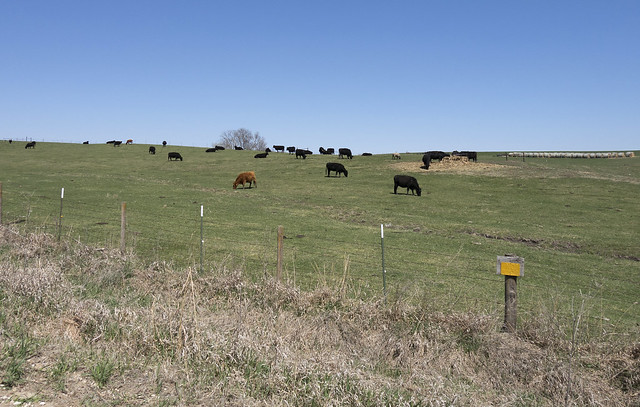



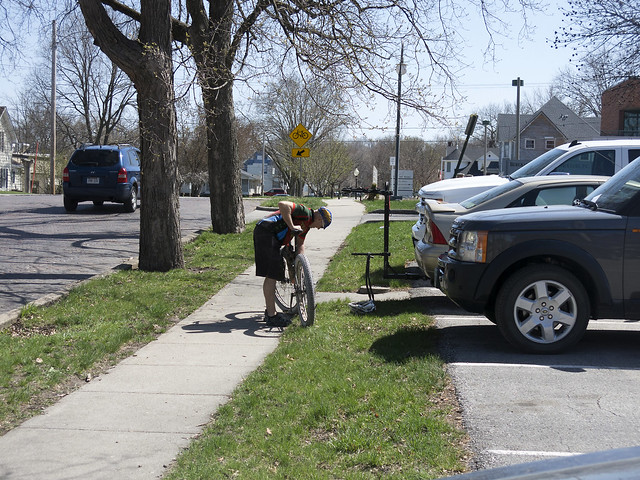
With 24 miles left to finish the tour, we jumped back on the bikes and made pretty decent time back to Adel to wrap things up around 3pm; even with all the stopping we managed to get to all 4 bridges and the Duke homestead in just over 6 hours. Obviously your mileage may vary depending on how fast you want to ride and how long you want to explore.


Before heading home though, we hit up Brickyard Burgers and Brews for some well earned food and beverage. The food was amazing and they had a good selection of local craft beers, as a bonus they are also located right off of the bicycle trail that runs through town so I'm sure they don't lack for customer support. We drove over since we felt we got our miles in for the day already but give them a try if you're ever in Adel Iowa, you won't be disappointed.
It sounds like the event was a huge success and that there are talks that they might turn it into an annual ride which I think is a great idea. The event was free, all you had to do is bring a food or personal hygiene item(s) for the local food pantry; so you can't hardly beat that. If you're a history buff and love small town charm, this is one to put on your radar for next year. It'll be 6 hours on a Saturday you won't regret spending on a bicycle.